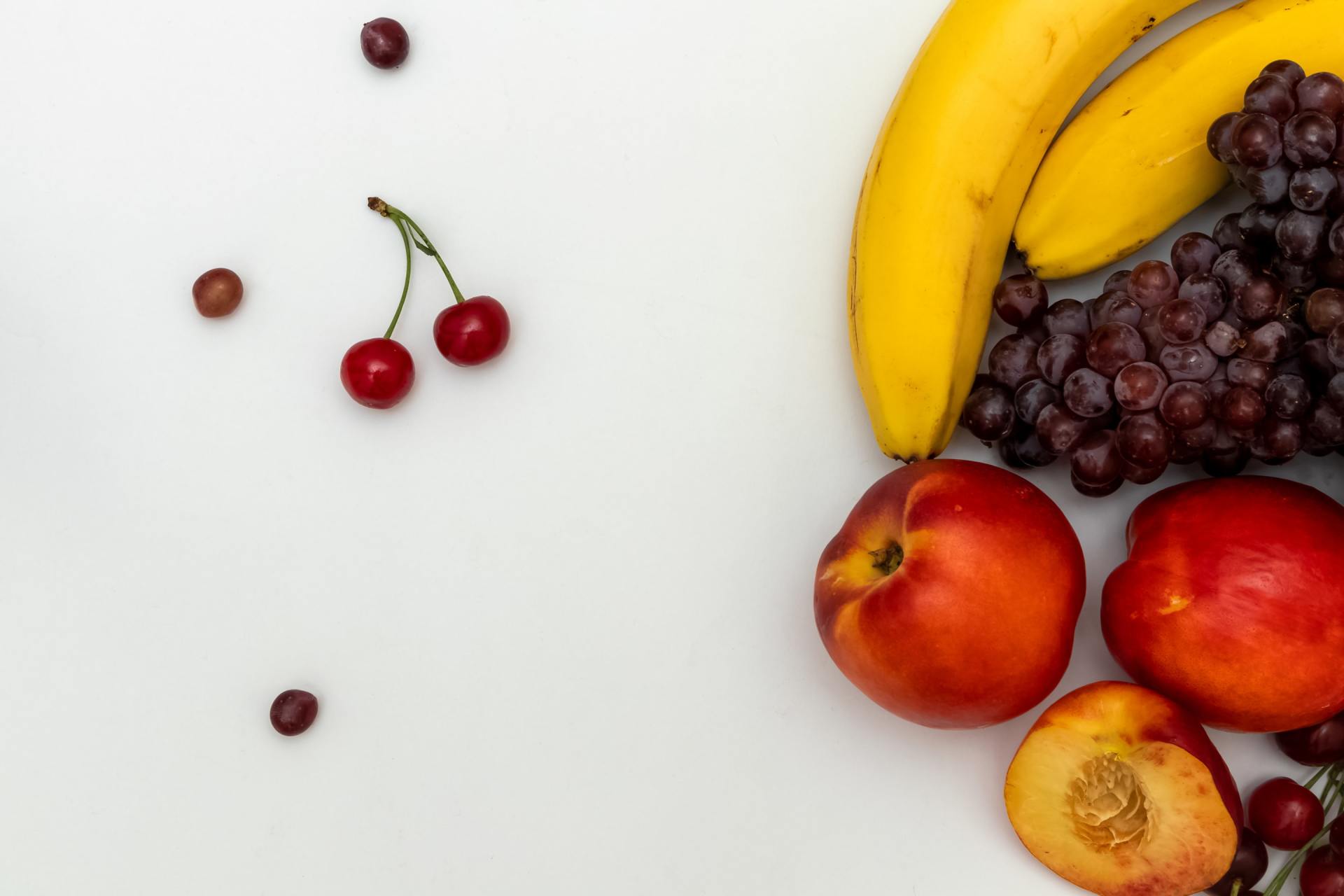Eat like a Yogi!

In the wake of the international yoga day on 21st june 2017, let's talk about the importance of 'eating like a yogi' to achieve a healthy lifestyle. Taking a cue from the popular saying, 'you are what you eat', this yoga day, let’s demystify the concept of a yogic diet and how all of us can incorporate minor changes in our diet to achieve better health.

A Yogic Diet is a scientific division of everyday food items into three broad categories - Rajas, Tamsic and Satvic. These foods are then appropriated and assigned to human body types as per their Prakriti - Vata, Pitta or Kapha. According to Ayurveda, a diet should be tailor-made keeping in mind the Prakriti (temperament) of an individual and food items that suit his/her Prakriti. Sattvic foods are healthy and nutritious. In contrast, Tamasic foods (such as onions, meat, and garlic) and Rajasic foods (such as coffee, hot peppers, and salt) can increase dullness or hyperactivity, respectively. In this way of thinking about nourishment, what you need as an individual may be very different from what someone else needs. And what you need at this moment in your life may be very different from what you needed five years ago or will need five years from now. Just as you learn to listen to your body on the mat, so you must listen to your body at the table. This yoga day, we jot down top 5 such things that you must keep in mind in order to follow a yogic diet:
1. Switch to Satvic : Satvic is any type of food that is not heavy on the digestion and is easy to digest. Sattvic foods include: wholemeal bread, fresh fruit and vegetables, pure fruit juices, milk, butter and cheese, legumes, nuts, seeds, sprouted seeds, honey and herb teas.
2. Depend less on refrigeration: it is always better to cook fresh food and consume it as soon as possible. "refrigeration process turns Satvic food to Rajasic. Re-heating or using last night's food the next day is a strict no in the yogic diet.
3. Space out your meals: if you sleep for 6-7 hours you should also have meals every 6-7 hours. Eat within two hours of getting up and do not eat anything for at least 2 hours before you plan to turn in. Chew your food properly, let it mix with saliva and relish it. Refrain from eating anything after 8pm, light fluids are allowed.
4. Follow the sun: up your diet with the sun; increase your intake as the course of the sun reaches its peak and start taking it light as the sun begins to set. Sun affects our digestion, so it is better to let the digestive system work the most while the sun is up. Go light after the sunset. As the environment cools down, so does our body and digestion becomes sluggish.
5. Take time to fast: the yogis recommend choosing one day each week to fast. A fast can be strict, not allowing anything to enter the body. Or, it can include water and fruit juices. Whatever you choose, keep in mind that the goal of your fast is to purify the body and mind.
6. Practice ahimsa: the first of the yoga observances (Yamas), ahimsa or nonviolence should be applied to the food we eat. Making environmentally-conscious health choices that do not harm other people, animals, or the planet takes conscious awareness.
SHARE

Discover the exquisite culinary experience at Ananda, Ireland's finest Indian restaurant, renowned for its use of locally sourced ingredients and innovative techniques. Ananda's commitment to quality and sustainability shines through in each of its signature dishes. Find out why Ananda is the leading destination for food lovers and fine dining enthusiasts in Dublin.

I still have vivid childhood memories of the delicious lunch I relished in the restaurant car of the iconic Taj Express via Agra while travelling from Delhi to Gwalior. In those glorious days of yesteryear — most prestigious trains — especially in the central, western, and northern parts of India — had restaurant and dining cars — run with pride and flair — each proudly serving its own distinctive cuisine and signature dishes. There were a variety of items on the menu — Regional Indian and Continental fare. The year was 1979— and may be longest and the most epic journey of our lives from Trivandrum in Kerala to Dharamsala in Himachal— as the train chugged its way from Coimbatore to Chennai and Delhi through to our final rail head Pathankot. 5 days 4 nights traversing the sandy seashores, back waters, river valleys, hills of the Deccan plateau and the Indo Gangetic plains mountains with dense jungles of the Bhil Nagpur & Gondwana forests. We ate roast chicken — my father had Chicken Cutlets and chips — omelettes toast and tea and my mum the Vegetarian Thali Meal. — we ate leisurely — savouring every bite — while enjoying the picturesque verdant scenery through the large open windows of the old-style luxurious restaurant car. unhurriedly in relaxed ambiance. I eagerly looked forward to enjoying inimitable railway food — and for me this was the most exhilarating part of a train journey. This menu reflects my memories made on many a journey across a nation defined by its trains and the people who served and savoured it. Asheesh Dewan









